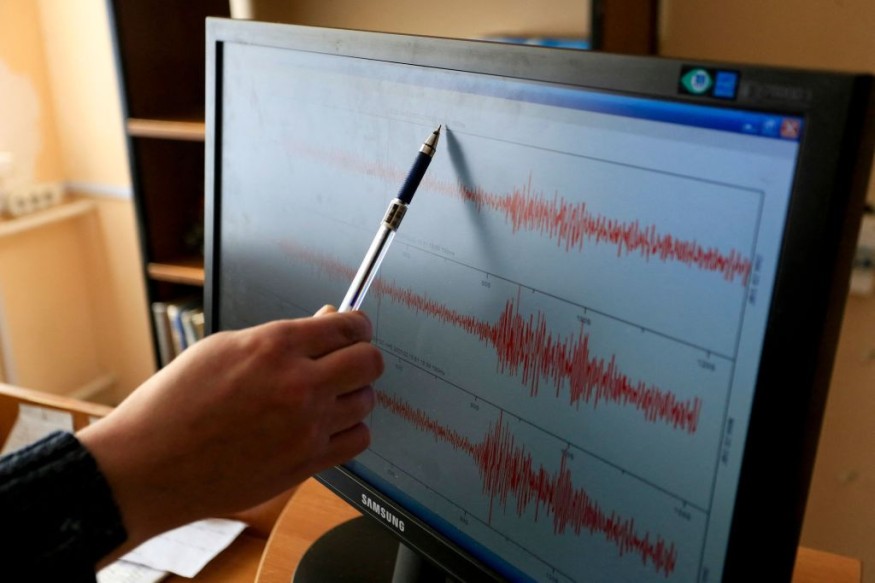
A recent study explains how unused telecom fiber optic cable can be repurposed for offshore earthquake early warning systems (EEW).
The lack of seismic stations positioned offshore of heavily populated coastlines, where some of the world's most seismically active regions are located, is one of the most significant obstacles to an earthquake early warning system.
Distributed Acoustic Sensing
In a study published in The Seismic Record, Jiuxun Yin, a Caltech researcher currently at SLB, and colleagues sampled seismic data at 8,960 channels along a submarine telecom cable operating between the United States and Chile for four days.
The system, known as Distributed Acoustic Sensing, or DAS, employs thousands of seismic sensors in the form of microscopic internal faults in a long optical fiber.
During the study period, Yin and colleagues employed cable data to assess earthquake locations and estimate earthquake magnitudes for one onshore (magnitude 3.7) and two offshore (magnitudes 2.7 and 3.3) earthquakes.
Their findings reveal that using this single DAS array improves earthquake early warning by about three seconds when compared to onshore DAS arrays.
The researchers discovered that by deploying numerous DAS arrays spaced 50 kilometers apart and cooperating in the area, they might enhance EEW alert timing in the subduction zone by five seconds.
"The key advantage is the array's offshore location, which eliminates the need to wait for seismic waves to reach land-based stations," Yin said.
Chile's Seismic Risk
The region off the coast of Chile is analogous to the Cascadia zone off the coasts of Canada and the United States Pacific Northwest.
Both places have an active subduction zone, where tectonic plates meet and one plate sinks beneath another, resulting in some of the greatest and most devastating earthquakes in history.
Numerous faults have hosted magnitude 6 or bigger earthquakes, even offshore of Southern California. Offshore earthquake early warning could help protect lives and property in all of these densely populated coastal locations.
Yi explained that the primary reason for selecting Chile's elevated seismic risk is because the region experiences frequent offshore earthquakes and has been affected by several strong earthquakes.
"Given the high seismic risk and potentially devastating impacts of a large earthquake, there's a pressing need for a reliable offshore earthquake early warning system in Chile," he added.
The researchers employed a deep learning artificial intelligence model that was developed and verified on previous seismic and DAS data to extract earthquake waves from this offshore cable's DAS data.
Before developing a real-time EEW system that interfaces with existing EEW frameworks, researchers need additional data, particularly from larger earthquakes, as well as more knowledge on how DAS equipment behaves, according to Yin.
He highlighted that there are other locations throughout the world where this research can be carried out.
There are about 1,500 cable landing sites across the world, and technological advancements allow for the use of operational cables and the addition of DAS systems without impacting [telecommunications] data transmission.
Related Article : Animals Are Still the Best Earthquake Warning System We've Got
Related Video:
© 2026 NatureWorldNews.com All rights reserved. Do not reproduce without permission.





